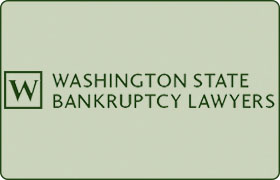Rockport Workout Lawyer, Washington, page 2
Sponsored Law Firm
-
 x
x

Click For More Info:
-
Washington Law Group, PLLC
Proudly Serving The Greater Puget Sound Region» view mapBankruptcy & Debt, Chapter 7, Chapter 13 CONTACT US FOR A CONSULTATION
Bankruptcy is unquestionably one of the most powerful financial tools on the planet. Yet, many people struggle for years before even learning how easy it can be to qualify.
800-699-2370
Not enough matches for Rockport Workout lawyer.
Below are all Rockport lawyers.

 Jason Newcombe Seattle, WA
Jason Newcombe Seattle, WA
